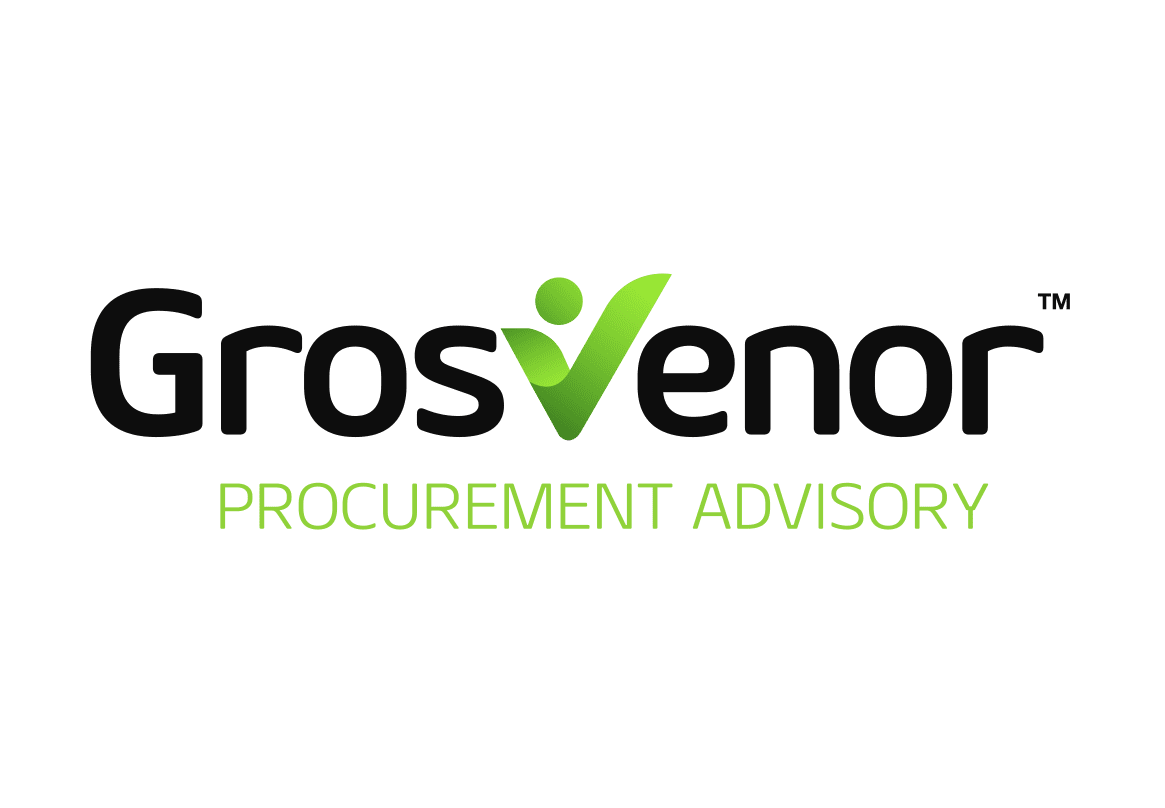Finding a suitable Contract Lifecycle Management (CLM) solution for a NSW Government Client

Contract Lifecycle Management (CLM)
Situation
Our NSW Government client’s procurement team has been on a path of renewal and continuous improvement in contract management and sourcing. This required a capability uplift across the client’s procurement function, which is well underway. The client is now embarking on a project to align its sourcing and contract management processes and systems with better practice.
The client engaged Grosvenor to deliver a business case for the selection of the most suitable Contract Lifecycle Management (CLM) solution based on a detailed review of current processes, future requirements and the state of the Australian procurement systems market.
The implementation of a CLM technology solution is expected to enable an integrated approach to contract management and reporting, while streamlining the current state of fragmented systems and disparate data sources.
The client has implemented SAP4HANA as its Enterprise Resource Planning (ERP) System, including the full Finance suite of modules and Procurement modules of that ERP. The recommended CLM tool will need to be able to integrate to the client’s ERP with minimum effort and customisation.
The Project
To achieve the above, Grosvenor was engaged to conduct the following activities:
- undertake a review of the current CLM approach, including systems and processes
- use of Grosvenor’s contract health check methodology to identify gaps in the client’s current approach in comparison to recognised industry better practice
- provide recommendations that identify the system/s that best fit the client’s requirements and technology stack
- develop a business case, including cost/benefits assessment, and recommendation of CLM solutions that is fit-for-purpose for the client.
The Outcome
The client had an aspirational vision and needed a basis to further its reflection on the type of solution that would fit its evolution.
Our analysis of the client’s situation combined with our review of the market indicated that a Source to Contract (S2C) solution best met the client’s needs, rather than a pure CLM system.
This will support the client’s evolution towards best practice over the long term while overall representing the best value for money.
We further identified a roadmap for the client to get ready for the implementation of the new system. This is a series of activities that many organisations forget about in their planning for a system implementation. During the get-ready-phase, the client will address any identified gaps to take full advantage of the implementation of the new procurement technology. To allow the time required to address these gaps, to facilitate good change management and to minimise the risk of disruption associated with large-scale technology adoption, the client chose a staged adoption of an S2C solution, starting with the implementation of the CLM components.
Lessons Learnt
The project uncovered a discrepancy between the scope of the technology system to be investigated and the benefits expected from such a system. The benefits identified by stakeholders included those typically associated with a Source to Contract (S2C) system and a Purchase to Pay (P2P) system – a set of expectations that a pure CLM system could never deliver against. This type of misalignment of expectations often occurs in transformation projects. To discover it as early as possible we established a methodology of iterative workshops with the project team and regular checkpoints with the sponsor and steering committee to ensure both the client and ourselves can fully identify, clarify and manage these expectations – ultimately setting the new procurement system up for success through disciplined change management from the start of the process.
A further risk was highlighted around the potential inability for the client to dedicate the required resources and effort to implement a solution with a large scope and manage the change that it would imply. The business case, therefore, recommended a staged approach to the implementation, which will ensure that all the readiness and change management activities can take place without putting too much strain on the procurement function while delivering benefits from the start.
Through the business case the procurement team has been placed in the driver’s seat for this change. We know this is a critical success factor as in other organisations we have seen too often IT take over the selection and implementation of procurement systems, which ultimately don’t deliver the outcomes required by the procurement function. Through our extensive stakeholder engagement process we identified early on potentially conflicting agendas within the client and worked with each stakeholder to ensure Finance and IT got on-board with the new project.
Learn more about what we do









 We are all about sharing our expertise to help you and your organisation be the best it can be.
We are all about sharing our expertise to help you and your organisation be the best it can be.